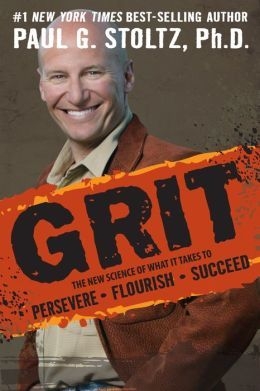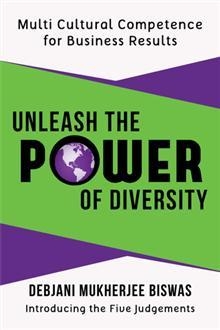

“Unleash the Power of Diversity – Multi Cultural Competence for Business Results” by Debjani Mukherjee Biswas (Author House, $27.99).
Many companies talk about inclusion of diverse cultures in terms of numbers that speak only to compliance with regulations. These numbers don’t guarantee that employees at all organizational levels accept cultural differences. Without acceptance, barriers are built and productivity suffers.
Biswas takes readers on a journey of exploration and understanding that tackles the hot-button issues of diversity in the trenches. It starts with a fill-in-the-blanks self-assessment of biases and beliefs.
The hardest part to complete deals with the “This is because … ” blank, which forces readers to justify their thinking. By driving to the why behind their beliefs, they must confront how such beliefs became ingrained in their frame-of-reference actions and reactions.
To grapple with the correctness of why and how, she introduces the “4 A’s”: Ask, Accept, Adapt, and Appreciate. Here’s a look at them:
Ask — Curiosity prompts questions. We’ve been programmed to avoid diversity questions because of political correctness. Yet, answers are the only way to understand differences. To ensure you don’t elicit a negative response, preface your questions with “I’m trying to understand your perspective about … ; I’d appreciate your ideas.”
Accept — Just because your practices and beliefs differ from those of others, that doesn’t make you right and the others wrong. Enlightenment comes from recognizing that differences can create dialogue — and understanding (See “Ask”).
Adapt — “When we try to make two opposing viewpoints coincide, we cannot both stay without movement.” Cultural norms aren’t going to change. So you must be the one to move. Don’t think you’re capitulating; think “When in Rome, do as the Romans do.”
Appreciate — You always learn more from those whose views are different than yours than you can from those who share your views. Diversity can open the mind to possibilities congruent thinking can’t imagine.
The bottom line: There’s a fifth “A” — Action. Understanding diversity builds bonds that boost collaboration.
“Grit: The New Science of What It Takes to Persevere, Flourish, Succeed” by Paul G. Schultz (Climb Strong Press, $28.95).
“Every time you encounter an impressive achievement, ask, ‘what did it take to make that happen?’ ” You’ll find that every achievement involves GRIT: Growth, Resilience, Instinct and Tenacity.
Growth involves doing different things and doing things differently. It’s about breaking trail. When you accept what is, you put the potential to learn in neutral. People with a growth mindset are in the habit of asking “Why not?” and “What if?” questions. They seek out those who have the answers.
Resilience deals with responding “constructively to — and ideally making good use of — all kinds of adversity.” Those with resilience view obstacles as fuel for problem-solving. Their fix-it mentality makes them more “response able.”
Instinct means “pursuing the right goals in the best and smartest way.” Think of all the stuff that gets in the way of doing what’s important at work. Stuff like interruptions, the ring of the phone, the ping of the email, etc. You must be able to focus on what’s important — and realize that importance can change as new tasks and projects land in your inbox, deadlines change and problems arise.
Tenacity and achievement fit hand-in-glove. Plans rarely go as planned. Thomas Edison found thousands of ways not to invent the light bulb. He didn’t throw in the towel. With a “One More” focus, he believed he would find the solution.
Key question: Everyone knows an amazing, inspiring story about someone’s grit; why not create a story about yours?
Jim Pawlak is a nationally syndicated reviewer of business books.







